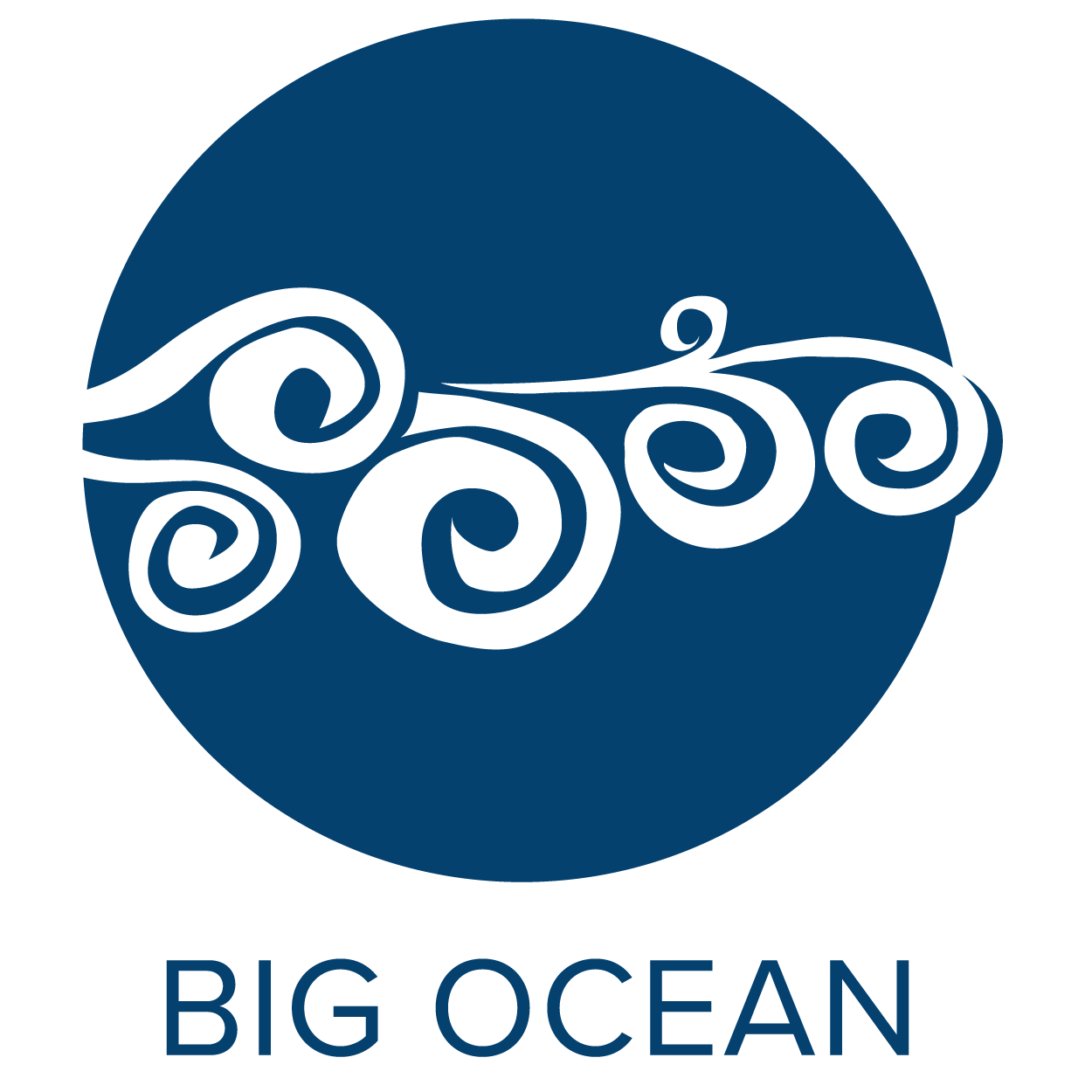Great Barrier Reef Marine Park Authority (Australia)
Established: 1975
Location: Along the Queensland coast of northeastern Australia, S18 17 10 E147 41 60
Size: 344,400 km2
Website: http://www.gbrmpa.gov.au
The Great Barrier Reef (GBR) comprises the world’s most extensive coral reef ecosystem. It extends across a contiguous latitudinal range of 14o (10oS to 24oS) and includes extensive cross-shelf diversity, stretching from the low water mark along the mainland coast up to 250 kilometers offshore. This wide depth range includes vast shallow inshore areas, mid shelf and outer reefs, and beyond the continental shelf to deep oceanic waters over 2,000 meters deep.
In 1981, the Great Barrier Reef gained international recognition through its inscription on the World Heritage List. The Great Barrier Reef World Heritage Area (GBRWHA) is just slightly larger than the Marine Park at 348,000 km2(134,363 mi2) and includes many islands, as well as intertidal and port areas that are protected by State (Queensland) legislation but are not part of the Federal Marine Park. Within the GBRWHA there are some 2,900 individual reefs of varying sizes and shapes, and some 900 islands, ranging from small sandy cays to large rugged high continental islands. There are also over 1,500 species of fish, about 400 species of coral, 4,000 species of mollusc, some 240 species of birds, plus a great diversity of sponges, anemones, marine worms, and crustaceans––including many endemic species and a significant number of species that are globally threatened. This latitudinal and cross-shelf diversity, combined with diversity through the depths of the water column, encompasses a globally unique array of ecological communities, habitats and species making the GBRWHA one of the richest and most complex natural ecosystems on earth.
Aboriginal and Torres Strait Islander peoples are the Traditional Owners of the GBR region, having been present for over 60 000 years. Today 70 Traditional Owner clan groups along the GBR coast continue to practice their traditional customs and spiritual lore in their use of sea country.









